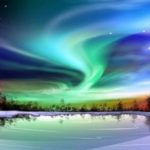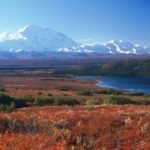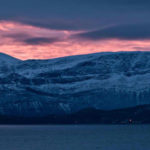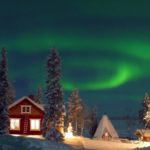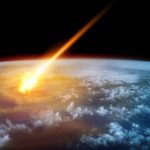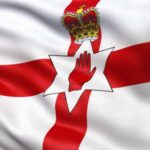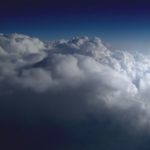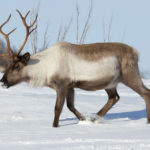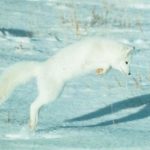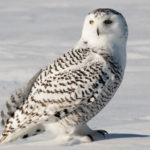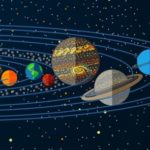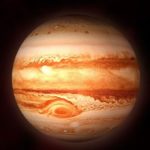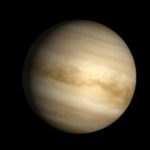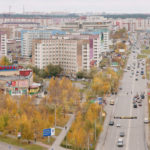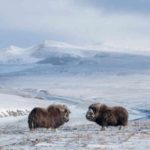Interesting facts about the Northern Lights
 The northern, or polar aurora is one of the most beautiful and amazing natural phenomena. Of course, science has long explained how and why it arises, but this does not cancel out the fact that it’s hard to imagine something more beautiful – perhaps everyone who has seen this phenomenon with their own eyes will agree with this statement. In the northern countries there are even special tours at that time of the year, when the probability to observe the radiance is the highest.
The northern, or polar aurora is one of the most beautiful and amazing natural phenomena. Of course, science has long explained how and why it arises, but this does not cancel out the fact that it’s hard to imagine something more beautiful – perhaps everyone who has seen this phenomenon with their own eyes will agree with this statement. In the northern countries there are even special tours at that time of the year, when the probability to observe the radiance is the highest.
Polar lights are observed not only on Earth, but also on other planets of the solar system – for example, it is on Jupiter, but occurs in the ultraviolet spectrum, that is indistinguishable to the human eye.
The diameter of the ovals of the northern lights is about 3,000 kilometers.
Polar lights are much more likely to occur in the off-season than in the summer and winter months.
The Northern Lights provokes the allocation of a large amount of energy – so, in 2007, there was recorded energy release comparable to an earthquake of magnitude 5.5.
The duration of the northern lights differs from ten minutes to several days.
On Venus, the northern lights sometimes cover the entire planet.
The largest Northern Lights in the Solar System is observed on Saturn – there its height is 1200 kilometers.
The most spectacular northern lights were observed on Earth due to a geomagnetic storm, which lasted from August 28 to September 2, 1859.
Some natives of North America believe that the Northern Lights is a football match in which the souls of the dead take part, and they play the walrus’s head.
The colors of the aurora depend on which gas reacts with the solar wind, and also on the height of the sun. For example, oxygen glows red at a height of 200-400 kilometers, and green at an altitude of about 100 kilometers. Thanks to nitrogen, violet light flashes in the sky.
The aurora borealis arises at any time of the day, just in the daytime people are not able to see it.
The US Space Agency (NASA) monitors the activity of the Sun and publishes special forecasts of the appearance of the Northern Lights, so that everyone could look at it.
The first scientist who described the phenomenon of polar lights in 1619 was the famous astronomer from Italy Galileo Galilei.
The northern lights are depicted in rock carvings that were discovered in France. Researchers believe that ancient artists captured this phenomenon about 30 thousand years ago.
There is not only northern, but also southern lights – it is observed in the high latitudes of the southern hemisphere (for example, in Australia).
During strong solar storms, the northern lights were observed in such unexpected places as Cuba, the US states of Louisiana and Texas.
The northern lights are accompanied by sounds, which, however, can only be heard in uninhabited places – these are soft claps and crackling of static electricity.
The first documented mention of the aurora (in addition to the rock paintings) dates back to 567 BC. One of the court scholars of Nebuchadnezzar II recorded his observations, who saw in the dark sky the phenomenon that struck him.
The Eskimos believe that the northern lights are a light falling from the windows of an invisible palace. He is inhabited by the souls of dead hunters, and under the arches of the palace the polar star is burning. According to this legend, the aurora arises from the longing of the dead around the house – bored, they open the windows and look down at their native land.
Another legend says that Alexander Nevsky and his army before the battle on Lake Peipsi saw an unusually bright northern lights. They regarded this as a good sign and won, being confident that they were rushed to the aid of soldiers from heaven.
